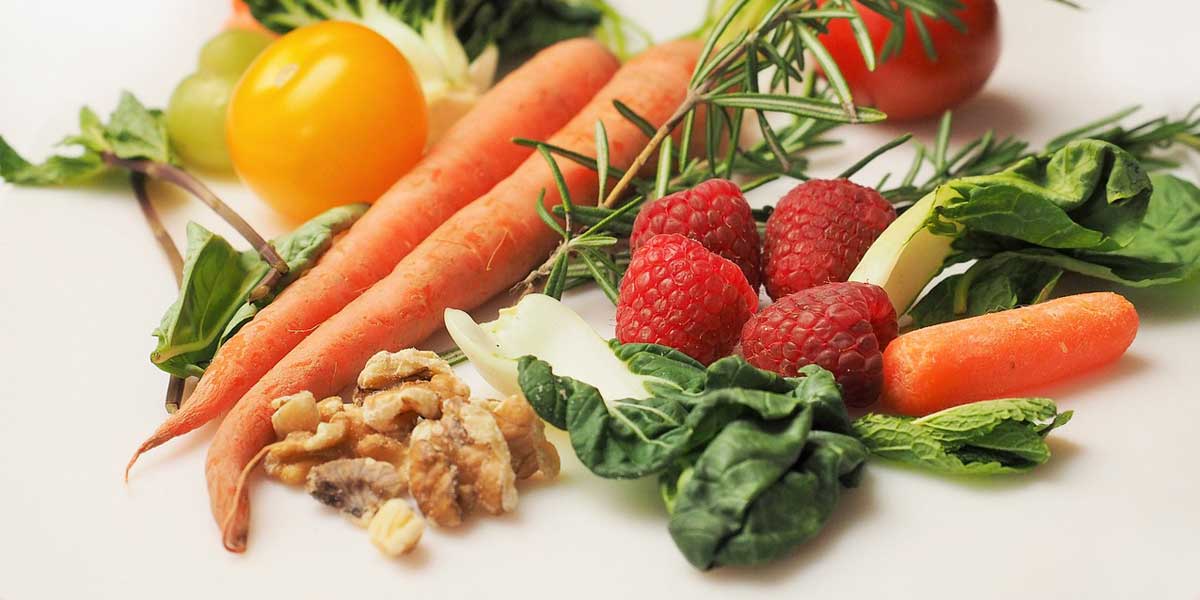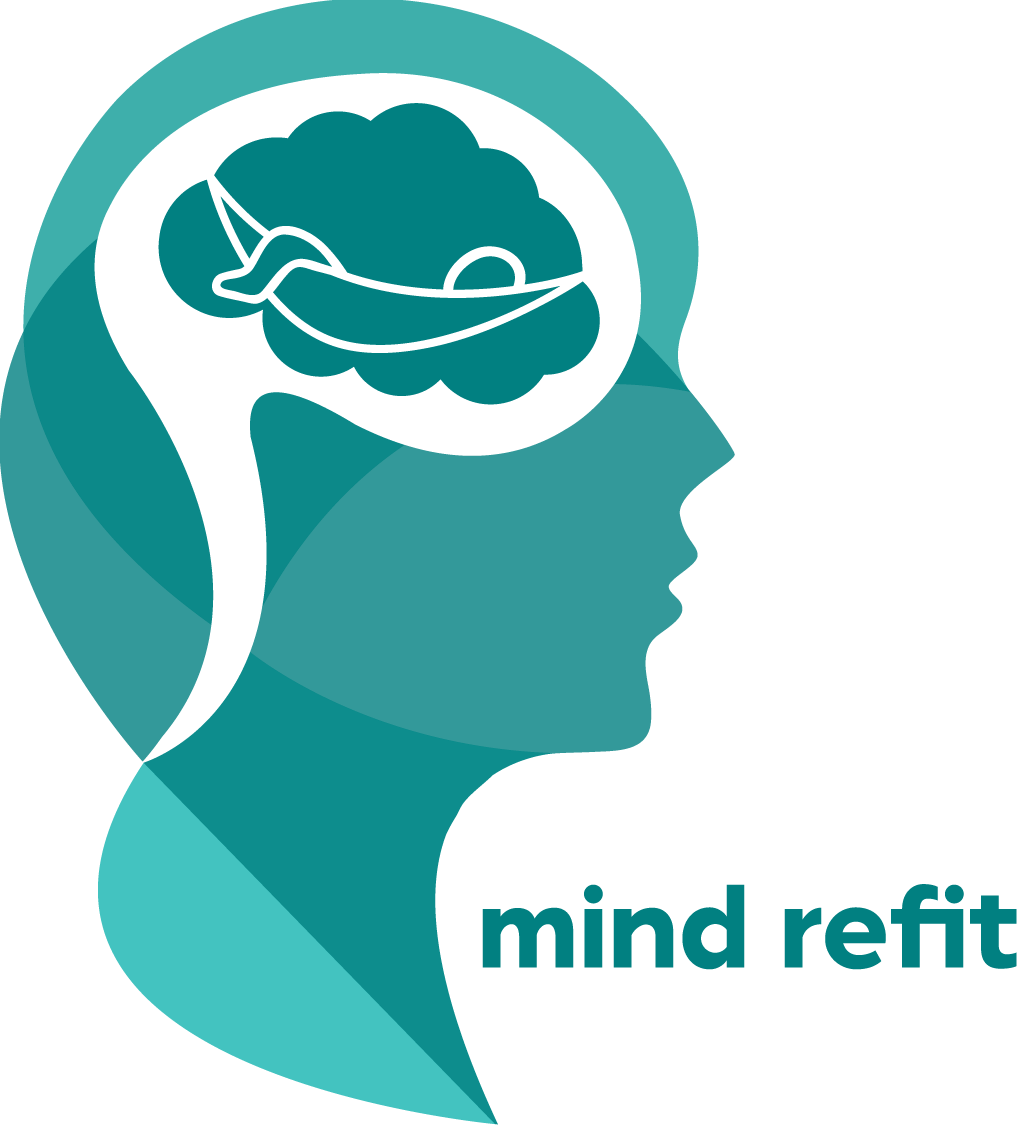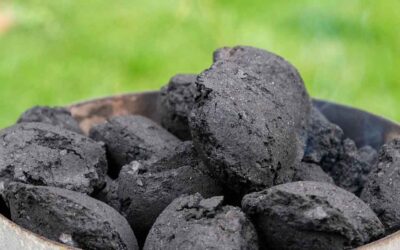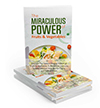Types of Antioxidants

More and more, antioxidants are taking the spotlight in health trends and it’s important for us to understand why. While produced by our bodies, antioxidants are substances that help fight cellular damage and that can also be found in our daily diets. For a more in-depth look at their mechanics, we invite you to take a look at our previous article, where we discuss what antioxidants are and how they work. In this article, we explore the different categories, their properties and in which foods you can find them.
Classifying Antioxidants: Natural versus Synthetic
There are two main groups under which we can classify antioxidants:
- Natural Antioxidant
- Synthetic Antioxidant
Natural antioxidants are made by the body or can be found in nature. Most antioxidants we will talk about are natural. On the other hand, synthetic antioxidants are man-made and can be used to increase shelf life for certain products,[1] with very sciency names such as Butylated Hydroxy Toluene and Tertiary Butyl Quinone.
Based on enzymatic activities, natural antioxidants are further subdivided into:
- Enzymatic Antioxidants
- Non-enzymatic Antioxidants
Enzymatic activities This refers to whether the antioxidants have a corresponding substrate (or matching molecule) when carrying a chemical reaction.[2]
Enzymatic Antioxidant Types
Our bodies produce enzymatic antioxidants, mainly:
- Superoxide Dismutase (SOD)
- Catalase
- Glutathione Peroxidase (GPx)
Superoxide Dismutase (SOD)
SOD is found on our skin, both the dermis and the epidermis. It repairs body cells damaged by free radicals. SOD can easily convert reactive molecules anions into hydrogen peroxide, saving us skin and other cellular harm. Researchers agree it has protective physiological functions.[3]
Catalase
Catalase is an enzyme found typically in our blood and circulatory system. It is great for reducing the amount of Reactive Oxygen Species, ROS, which is one of the main characteristics of cancerous cells. Because of this, catalase is starting to be framed in the context of chemotherapy.[4]
Glutathione Peroxidase (GPx)
GPx) is related to aging. When free radicals derived from oxygen increase, molecular damage that is associated with biological aging occurs. Research shows that GPx activity does decrease with age in older women with disabilities.[5]
Non-Enzymatic Type of Antioxidants
Non-enzymatic antioxidants are the most popular in the media. Our bodies do not make them but rather we have to consume them in foods or in supplements. In general, there are:
- Vitamins
- Minerals
- Carotenoids
- Polyphenols
Vitamins
Vitamins are antioxidants and the three main ones are vitamin C, vitamin E and vitamin A. The main sources of these three are colorful vegetables and fruits. Interestingly, they come in the yellow, orange, blue, red and purple tones.[6]
Vitamin C
Vitamin C is also known as ascorbic acid and has strong antioxidant properties. It helps make hormones, neurotransmitters, collagen and other essential molecules the body needs. It can also regenerate other antioxidants, regulate cell growth, and detoxify the body by removing heavy metals.[7] Foods that contain vitamin C not only include oranges but also tomato, mango, nectarine, broccoli, papaya, sweet potato, strawberry, kiwi and kale.
Vitamin E
This antioxidant vitamin was discovered in 1922. It’s dubbed one of the most potent ‘lipid-soluble’ antioxidants, meaning it can dissolve in fats. Most of its antioxidant activity and properties come from this property.[8] Some foods that have vitamin E in good amounts include wheat germ oil, sunflower seeds, almonds, sunflower oil, hazelnuts, peanut butter, corn oil, spinach, broccoli, mango, tomato and spinach.[9]
Vitamin A
Also known as retinol or retinoic acid, vitamin A was one of the first vitamins that humans discovered. It’s great for protecting us against cardiovascular diseases. Dietary intake of this vitamin can reduce cardiac tissue damage.[10] To include in your diet, think about the following foods: egg yolks, milk, sweet potatoes, carrots, mozzarella cheese, spinach, peppers, mangoes, apricots, broccoli, herring, baked beans, salmon, tuna and chicken breast.[11]
Minerals
Minerals are a big category of antioxidants and have to be primarily consumed from our diet. Minerals are needed for the smooth functioning of our cells. The main types of minerals include selenium, iron, magnesium, copper, zinc and manganese.[12] In order to keep this article short, I’ve written a separate article explaining what antioxidant minerals are and how they stabilize free radicals, as well as the different types
Carotenoids
Another lipid-soluble group of antioxidants is carotenoids. These include
- beta carotene
- Lycopene
- Zeaxanthin
- Lutein
Beta carotene
Beta carotene comes from the word carrot and is primarily found in orange, yellow and red fruits, and vegetables. This antioxidant is converted into vitamin A, which is key to eye and skin health. Beta carotene can reduce macular degeneration, a common vision problem that develops with aging. It can also reduce sensitivity to the sun and decrease the likelihood of lung cancer.[13] You can find beta carotene in beets, peaches, carrots (of course!), pumpkin, spinach, squash, tangerines, watermelon, cantaloupe, green peppers, apricots, asparagus, and other vegetables that tend to be orange colored.[12]
Lycopene
You might have heard about tomatoes being a powerful antioxidant source. The specific name of the antioxidant is lycopene and it can be found in our serum, the fluid component of our blood and other tissues. Studies indicate that a diet high in tomatoes and other foods containing lycopene can decrease the risk of cardiovascular diseases and some types of cancer.[14] Other foods apart from tomatoes that contain lycopene include guava, watermelon, papaya, pink grapefruit, red bell peppers, asparagus, red cabbage and mangoes.[15]
Polyphenols
Last but not least, the non-enzymatic antioxidant category can be closed with polyphenols, which happens to also be another big category on its own. The technical definition states that polyphenols are phytochemicals, or chemicals that naturally occur in plants. It’s further subdivided into flavonoids, ginerol, phenolic acids, curcumin and others. Ginerol corresponds to the root ginger, while curcumin corresponds to turmeric. Both are very high in antioxidants and considered top ‘scavengers’ of free radicals.[13]
When we sub-classify and took a look at each antioxidant type, we realized that they are many (which is why we decided to have a separate article on antioxidant minerals), and that we probably eat some here and there throughout our day. We also come to understand that they are powerful and important nutrients for the body. Whether your diet includes a good variety and a good amount of antioxidants or whether you consume supplements, it’s useful to know what’s out there.
Don’t forget to check out the article on Antioxidant Minerals and How they Stabilize free Radicals
Sources
- Vitablend.nl. (2019). Synthetic Antioxidants – Vitablend specialises in food protection and fortification. [online] Available at: https://www.vitablend.nl/index.asp?objectid=4&pcat=Groups&pid=1&titel=Synthetic+Antioxidants [Accessed 7 Oct. 2019].
- Haida, Z. and Hakiman, M. (2019). A comprehensive review on the determination of enzymatic assay and nonenzymatic antioxidant activities. Food Science & Nutrition, 7(5), pp.1555-1563.
- Le Quéré, S., Lacan, D., Lemaire, B., Carillon, J. and Schmitt, K. (2014). The role of superoxide dismutase (SOD) in skin disorders A review. Nutrafoods.
- Glorieux, C. and Calderon, P. (2017). Catalase, a remarkable enzyme: targeting the oldest antioxidant enzyme to find a new cancer treatment approach. Biological Chemistry, 398(10), pp.1095-1108.
- Espinoza, S. E., Guo, H., Fedarko, N., DeZern, A., Fried, L. P., Xue, Q. L., … Walston, J. D. (2008). Glutathione peroxidase enzyme activity in aging. The journals of gerontology. Series A, Biological sciences and medical sciences, 63(5), 505–509.
- WebMD. (2019). Super Foods for Optimal Health. [online] Available at: https://www.webmd.com/food-recipes/antioxidants-your-immune-system-super-foods-optimal-health [Accessed 25 Sep. 2019].
- Fadime Eryılmaz Pehlivan (August 2nd 2017). Vitamin C: An Antioxidant Agent, Vitamin C, Amal H. Hamza, IntechOpen, DOI: 10.5772/intechopen.69660. Available from: https://www.intechopen.com/books/vitamin-c/vitamin-c-an-antioxidant-agent
- Traber, M. G., & Atkinson, J. (2007). Vitamin E, antioxidant and nothing more. Free radical biology & medicine, 43(1), 4–15.
- Ods.od.nih.gov. (2019). Office of Dietary Supplements – Vitamin E. [online] Available at: https://ods.od.nih.gov/factsheets/VitaminE-HealthProfessional/ [Accessed 8 Oct. 2019].
- Palace, V., Khaper, N., Qin, Q. and Singal, P. (1999). Antioxidant potentials of vitamin A and carotenoids and their relevance to heart disease. Free Radical Biology and Medicine, 26(5-6), pp.746-761.
- Ods.od.nih.gov. (2019). Office of Dietary Supplements – Vitamin A. [online] Available at: https://ods.od.nih.gov/factsheets/VitaminA-HealthProfessional/ [Accessed 8 Oct. 2019].
- Misra, K., Singh Dhillon, G., Kaur Brar, S. and Verma, M. (2014). Antioxidants. [online] Ebrary. Available at: https://ebrary.net/17945/environment/antioxidants [Accessed 8 Oct. 2019].
- Butler, N. (2019). Beta Carotene: Benefits, Foods to Eat, and More. [online] Healthline. Available at: https://www.healthline.com/health/beta-carotene-benefits#foods-to-eat [Accessed 25 Sep. 2019].
- Rao, A. and Agarwal, S. (2000). Role of Antioxidant Lycopene in Cancer and Heart Disease. Journal of the American College of Nutrition, 19(5), pp.563-569.
- Whitbread, D. (2019). Top 10 Foods Highest in Lycopene. [online] My Food Data. Available at: https://www.myfooddata.com/articles/high-lycopene-foods.php [Accessed 10 Oct. 2019].
Suggested Articles
Coping With Stress During Difficult Times
Almost instantaneously, we went from going about our normal lives to being scared into isolation. Before we knew it, a temporal 2-week watch period turned into massive deaths, economic decline, job loss, travel bans, not to mention extreme stress levels. It’s quite...
Benefits Of Activated Charcoal
The use of activated charcoal dates back to the 18th century when its adsorbent properties were used for water filtration and treatment plants. During this time, scientists started exploring the possibility of activated charcoal being efficacious for poisoning cases...
How Does Activated Charcoal Work?
Activated charcoal is a miracle product that has been around for ages. It was primarily used for water filtration. However, the way that activated charcoal works has caused its popularity to include many other applications, such as emergency medical responses to stop...





0 Comments